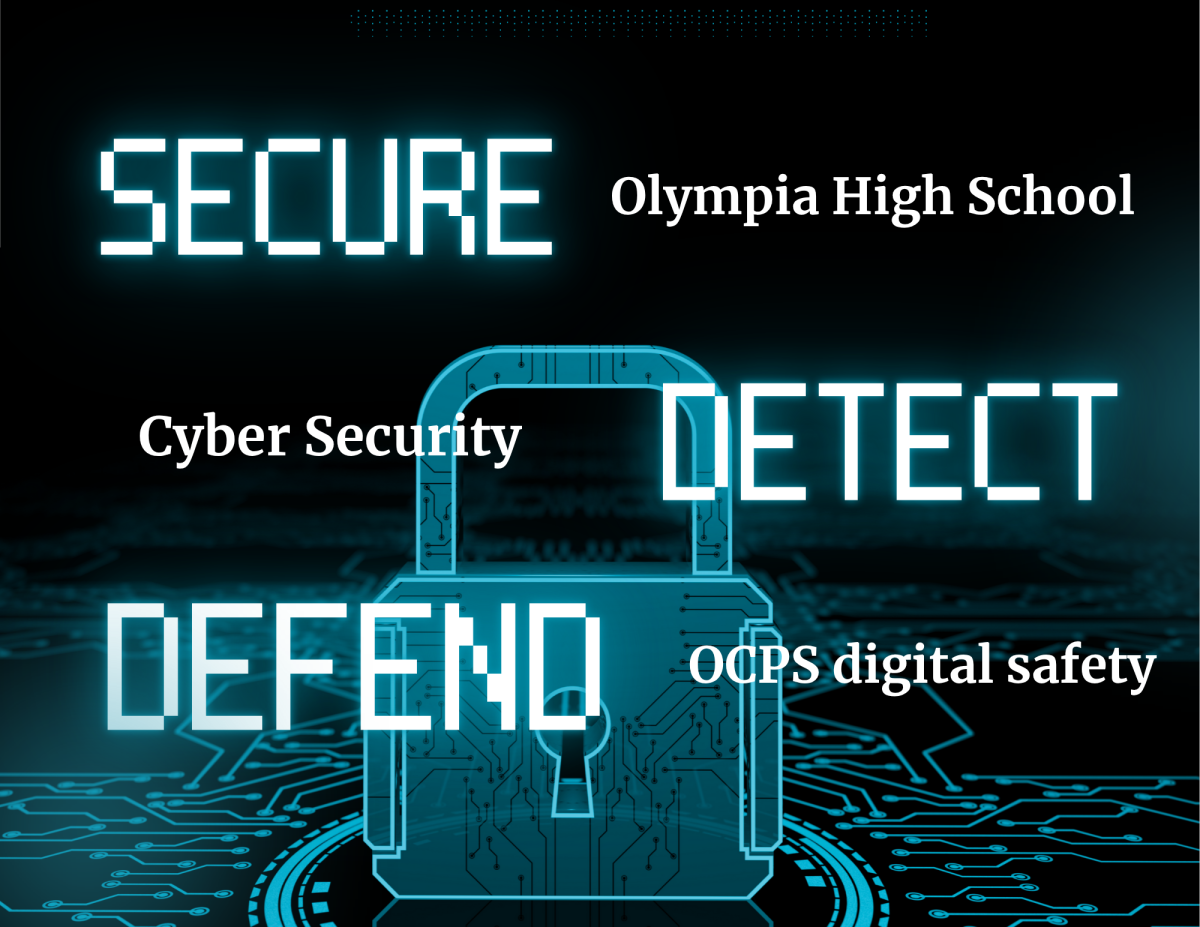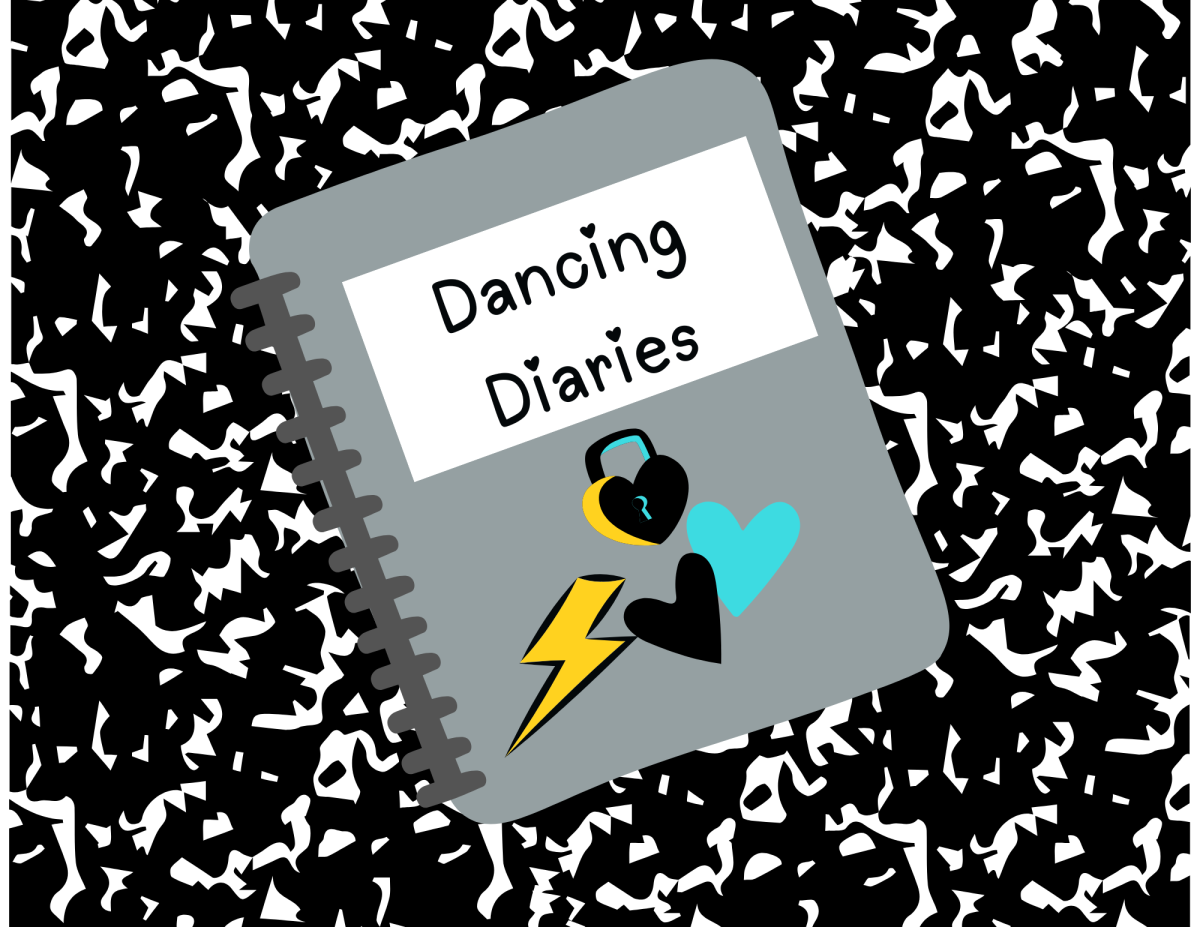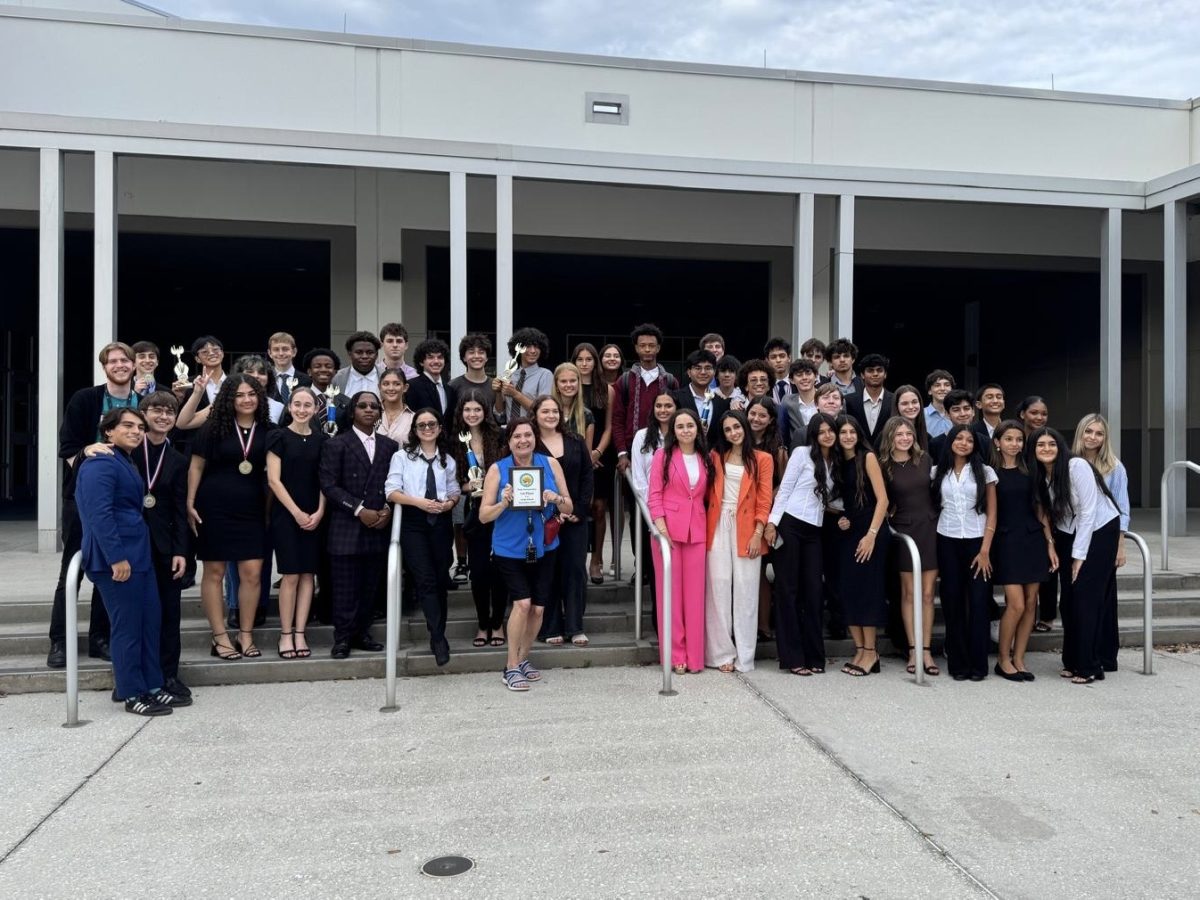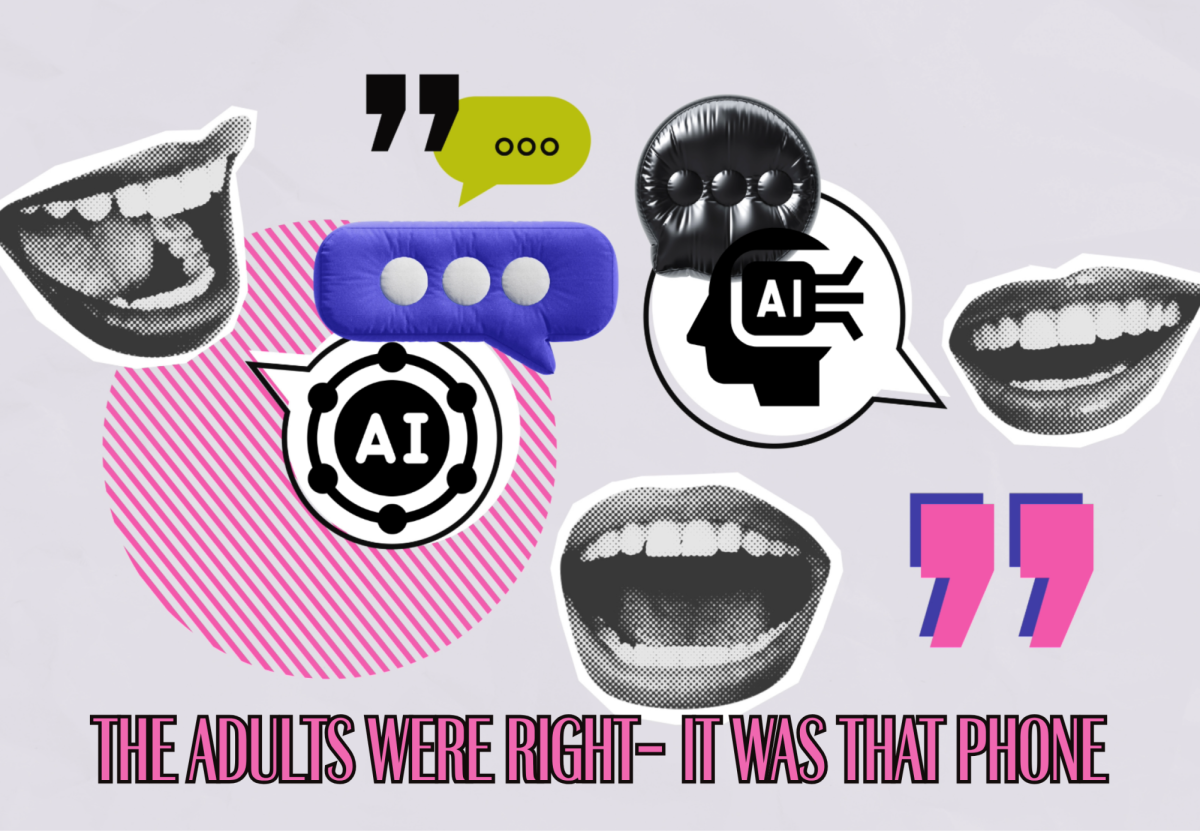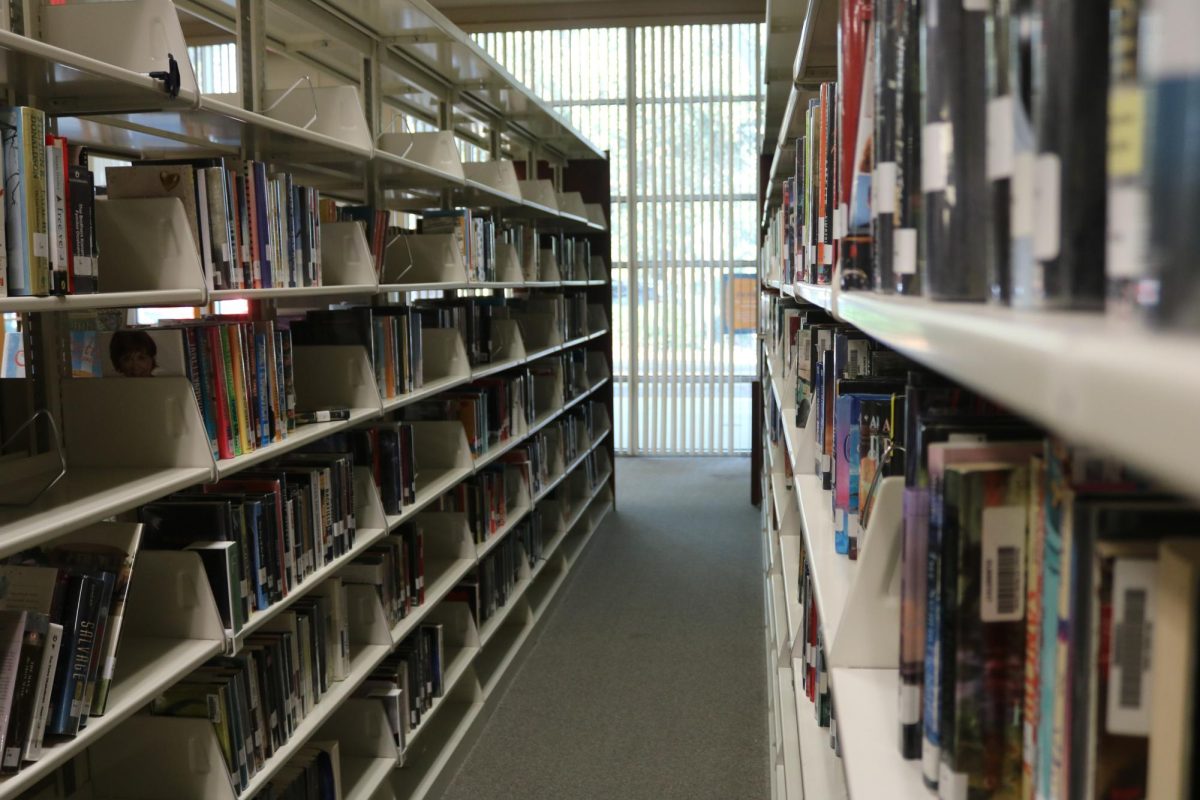Schools are always busy with students, teachers, computers, and all kinds of tech. With so much going on, it is easy for mistakes to happen, and those mistakes can lead to security issues. With technology occupying more and more aspects of our lives and data becoming the new gold of the modern world, cyber security is our biggest vulnerability. Nowadays, hackers don’t need fancy tools to steal your information— most of the time, they just wait for someone to make a simple error.
One of the most common ways schools’ security gets compromised is through phishing. The process is simple— a hacker sends an email that looks real, posing as a friend or a teacher, urging them to follow the link embedded in the message. If someone clicks the link or types in their password, the hacker will be granted access to all of the victim’s data, including their personal information, addresses, and social media accounts. It looks harmless at first, but one click can cause a huge mess.
Passwords are another vulnerable spot. A lot of people use simple ones because they are easy to remember. Some even reuse the same password for everything. Because people are not cautious, it is very easy for accounts to get broken into and for precious data to get stolen.
Experts agree that weak passwords are a huge problem. Abubaker Djoudi, a general IT programmer and software engineer, weighed in on this subject. Djoudi explained that he sees breaches daily from simple passwords and easy leaks that can give hackers access to private information. He said it can be detrimental to schools because their data must stay safe.
Another issue is old computer systems and outdated apps. If a school does not update its systems, hackers can use this to their advantage and break in. Updates may be annoying, but they are patches that fix system holes. If the holes stay open, it is only a matter of time before someone sneaks through.
Wi-Fi can also be a cause of cyber breach. If a school’s Wi-Fi is not protected, then someone from the outside might find their way into private information. It’s like leaving the principal’s office door unlocked for anybody to snoop inside.
Personal devices are risky too. Students bring laptops, tablets, and phones from home. If one of those devices has a virus or malware, it can spread once it connects to the school network.
Too much access is another mistake. If a student account can reach files that are prohibited, or if teachers can install any software they want, then one bad decision can create a big security risk.
Schools also use numerous apps made by outside companies. If one of those apps is poorly protected, it can leak the student’s information, leaving the school in danger of a cyber breach repeating. Also, there is the physical component; laptops get stolen, USB drives get lost, and even smart classroom gadgets like cameras or smart boards can be hacked if they are not set up correctly.
Most of the time, cyber issues in schools do not happen because hackers are “geniuses”. They happen because of small mistakes, like weak passwords, clicking the wrong link, or forgetting to update. Today, large organizations like corporations, businesses, and, most importantly, schools are like a gold mine of data for hackers. Because of that, we need to pay especially close attention to our security. Sometimes, small steps can make a huge difference.







